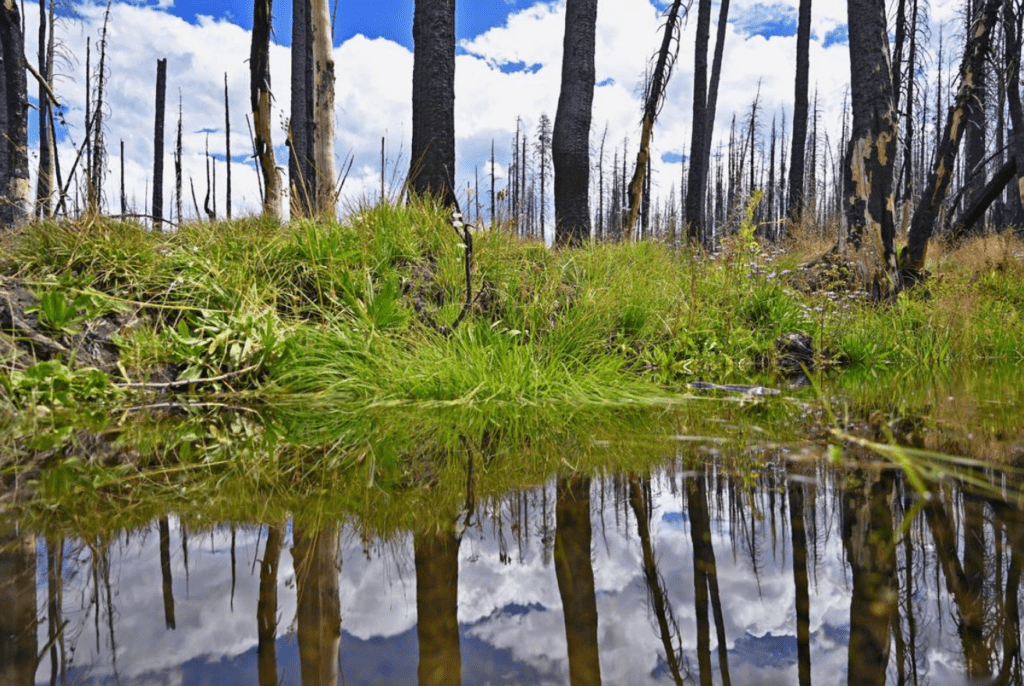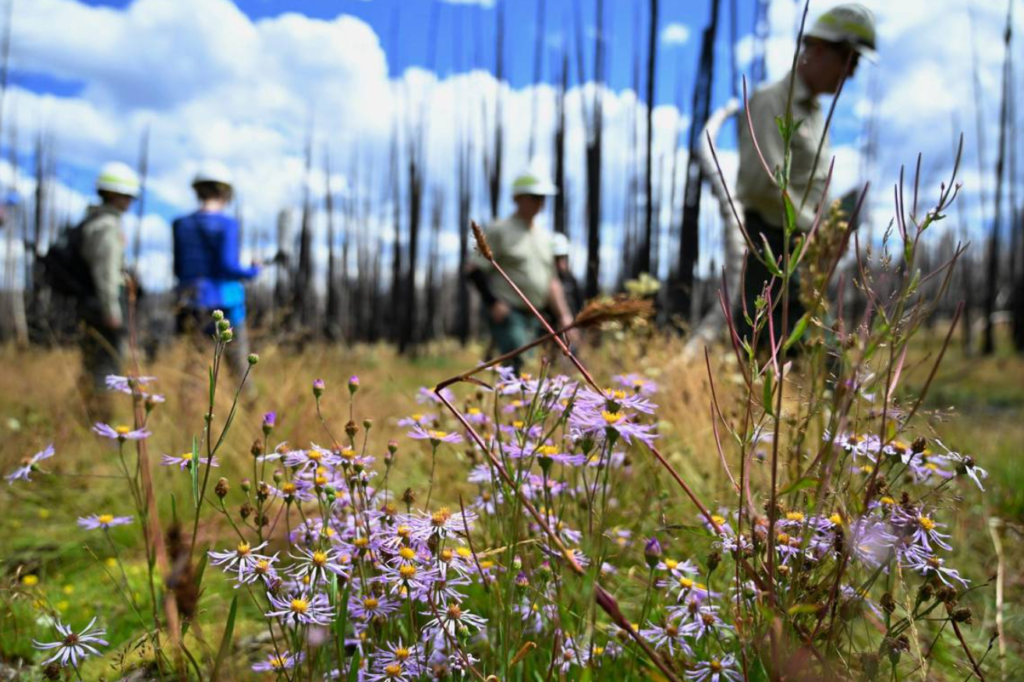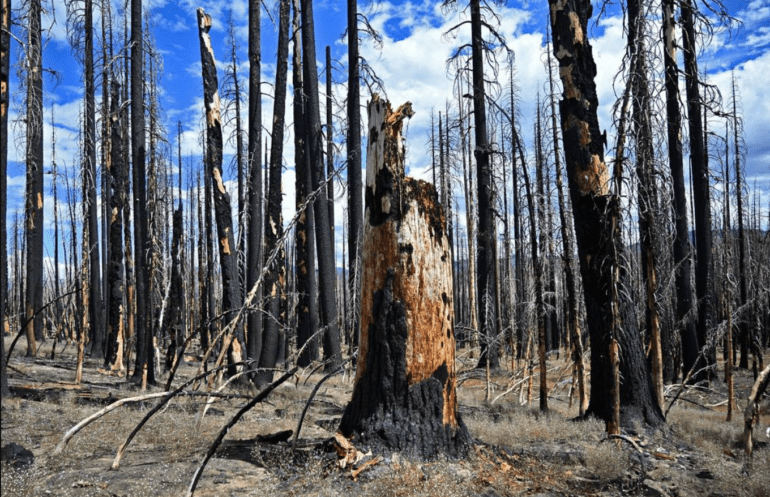TL;DR:
- US Forest Service is actively restoring lost meadows in Sierra Nevada mountains.
- Recent report highlights decline in meadows due to various factors over 150 years.
- Machine learning is utilized to identify and map locations of lost meadows.
- Topography, snowpack, and hydrology are used to locate potential meadow sites.
- New meadow areas were identified, enhancing restoration efforts.
- Example: Lower Grouse Meadow’s restoration post-Creek Fire damage.
- Importance of meadows in water retention, carbon absorption, and habitat preservation.
- Relevance heightened due to climate change impacts like wildfires and droughts.
Main AI News:
In a remarkable endeavor, the US Forest Service is taking proactive measures to restore the vanishing meadows of California’s Sierra Nevada mountain range. This ambitious initiative comes in the wake of a recent report by the Pacific Southwest Research Station of the US Forest Service, revealing a staggering decline in meadow count, with numbers dwindling to nearly one-third of their previous abundance. The report, which was unveiled this month, underscores the urgency of addressing this ecological crisis.
The meticulous study employed an innovative subset of artificial intelligence known as machine learning. This advanced technology was harnessed to meticulously identify and map the locations of these long-lost meadows. Over the past 150 years, these natural gems have been ravaged by a slew of factors, including livestock grazing, mining activities, road construction, and the scourge of wildfires.
Adam Cummings, a distinguished quantitative ecologist from the Pacific Southwest Research Station, and the lead author of the report, explained the methodology: “Our approach involved leveraging the defining traits of existing wetland meadows to unearth potential sites of the lost meadows. Since the distinctive characteristics of these meadows are not solely determined by their plant life, we turned to indicators such as topography, snowpack, and hydrology, aligning them with the features of present-day meadows.” The study went a step further, extending its parameters into regions where meadows were historically known to flourish.
Intriguingly, the research also unearthed previously unrecognized areas, opening new avenues for the forest service’s comprehensive meadow restoration campaign. Dr. Karen Pope, an esteemed forest service ecologist and co-author of the report, expressed her enthusiasm for these revelations, stating, “The newly generated maps provide a panoramic view that compels us to reevaluate the historical significance of these meadows. Their restoration could wield a profound influence on critical aspects like streamflow dynamics and the mitigation of wildfire risks.”

Despite the remaining charred trees, Lower Grouse Meadow is now flourishing as U.S. Forest Service researcher Dr. Karen Pope showcased the effort of meadow restoration work in an area 2020’s Creek Fire swept through. Photograpjhed Wednesday, Aug. 16, 2023. Source: ERIC PAUL ZAMORA
An illustrative example of this restoration effort is underway in the Lower Grouse Meadow, situated within the Sierra National Forest, nestled between Shaver Lake and Huntington Lake in eastern Fresno County. This region faced extensive devastation during the 2020 Creek Fire and was further threatened by encroaching forest growth. The Forest Service’s swift restorative intervention includes pioneering techniques like beaver-based dam construction, ingeniously designed to arrest sediment buildup, facilitate nutrient cycling, and painstakingly recreate the original landscapes.
In the contemporary context, meadows have garnered heightened attention due to their multifaceted benefits. Apart from their intrinsic ecological value, these verdant expanses act as vital reservoirs, adeptly retaining water. Additionally, they serve as effective carbon sinks, absorbing carbon dioxide from the atmosphere and providing a nurturing habitat for a diverse array of plant and animal species. As succinctly summarized in the research abstract, “These attributes assume unprecedented significance in environments grappling with the ramifications of climate change, including escalating wildfires and prolonged droughts.”




Wildflowers and a lush green landscape are flourishing at Lower Grouse Meadow off Highway 168 near Shaver Lake, which is recovering with work by volunteers following the Creek Fire’s devastation in 2020. Photographed Wednesday, Aug. 16, 2023. Source: ERIC PAUL ZAMORA
Conclusion:
The US Forest Service’s comprehensive initiative to restore Sierra Nevada meadows is a proactive step towards addressing the decline of these essential ecosystems. By leveraging advanced technology and ecological expertise, the restoration effort not only safeguards natural habitats but also holds potential implications for the market. As environmental concerns gain prominence, businesses related to conservation, sustainable land use, and eco-tourism could find new avenues for growth and innovation. The restoration initiative showcases the intersection between ecological preservation and market opportunities in the face of evolving environmental challenges.

